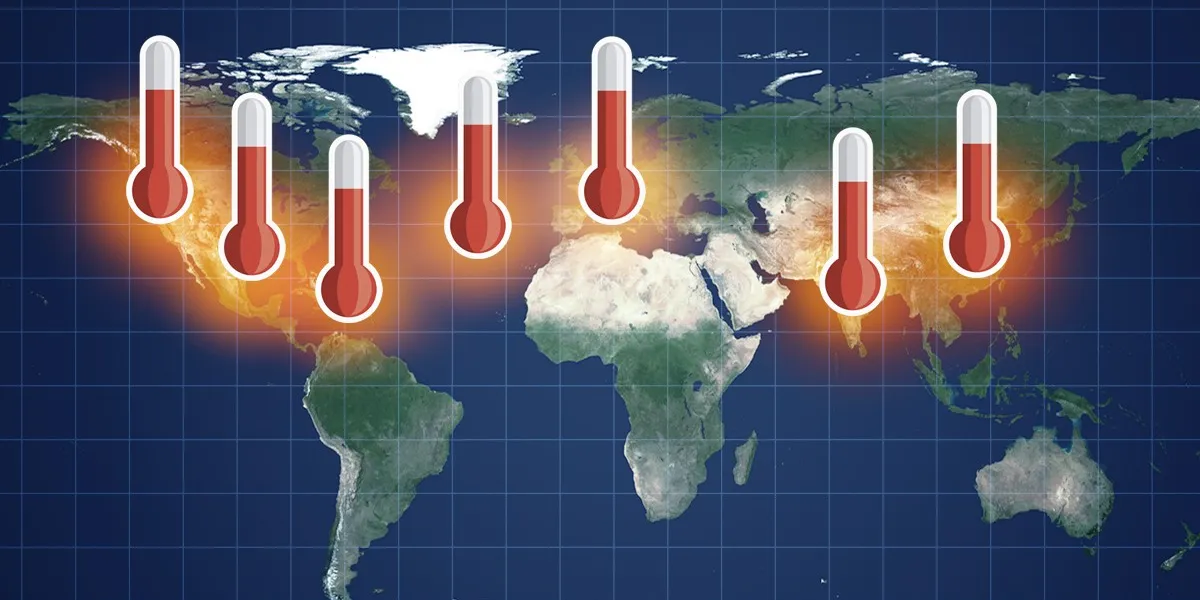By: Olivia Yu
Extremely high temperatures have hit many parts of the country, specifically in the East Coast, and have stretched on for seven consecutive days now. The blistering heat has set new temperature records and prompted suggestions for less water use in some towns among other circumstances.
On the seventh day of the heat wave, cities in the Mid-Atlantic and East Coast continued to bake, with temperatures reaching an outstanding high. Some even broke many daily temperature records, some over a century old. Examples include Philadelphia and Reading, Pennsylvania, which experienced highs of 98 and 101 degrees respectively.
The Washington area also had record-breaking temperatures two days in a row, with Baltimore’s highs of 101 and 98 degrees and Dulles, Virginia’s highs of 100 and 98 degrees. Furthermore, a 99-degree reading in Arlington, Virginia beat the city’s previous 1988 record.
The heat wave scorching much of the Northeast has also moved onto New Jersey. “Temperatures throughout the region were more than 10 degrees above average on Sunday,” according to Joe DeSilva, a meteorologist with the Weather Service who was reporting to the New York Times. “Trenton, the state capital, reached 98 degrees — just two degrees shy of the city’s hottest recorded temperature, last logged in 1952,” he said.
The intense heat has prompted officials to advise citizens to stay cool and “announce mandatory or optional water restrictions, asking residents to refrain from washing their cars or watering their lawns” in several places in New Jersey.
In Florida, where temperatures are also rapidly rising, homeless people have expressed that they feel helpless amid the brutal heat. While several cooling centers have opened up throughout the state, some do not open unless the temperature or heat index exceeds a specific and towering number, which proves to be difficult for the homeless in circumstances like a lasting heat wave.
Heat-related illnesses have been on a rise over these past few days, especially in cities most impacted by the heat wave. Data has shown extremely high rates of these illnesses and emergency room visits in states in New England, the Midwest, the Rockies, the Mid-Atlantic States, etc.











